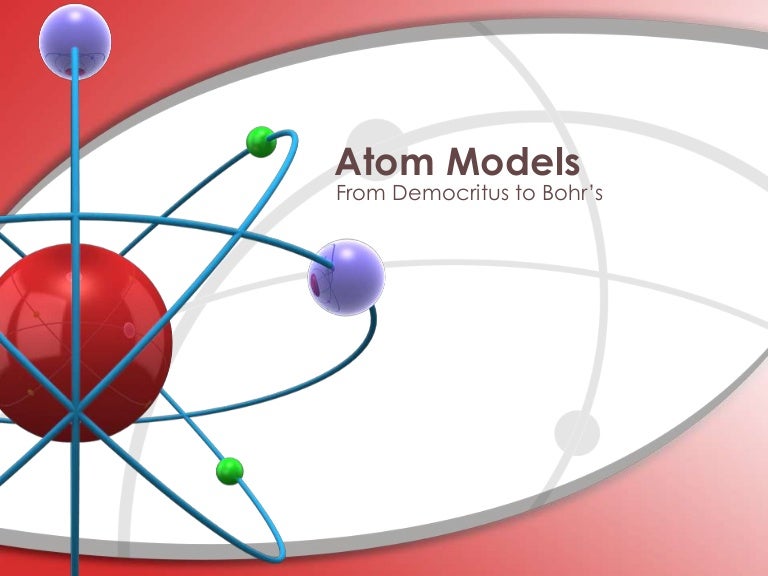

Finally, we discuss the implementation of Flex-EM in the CCP-EM software suite. We also show how initial model errors can have significant impact on the goodness-of-fit. His work is based on an experiment called cathode ray experiment. He was later awarded the Nobel prize for the discovery of electrons. Comparison of SMOC profiles at different stages of refinement helped in detecting regions that are poorly fitted. But the discovery of two fundamental particles (electrons and protons) inside the atom, led to the failure of this aspect of Daltons atomic theory. Thomson Atomic Model The English chemist Sir Joseph John Thomson put forth his model describing the atomic structure in the early 1900s. For the assessment of local fit, we used the SMOC (segment-based Manders’ overlap coefficient) score, while the model quality was checked using the Qmean score. Orbital An atom has an atomic nucleus with a (+) charge at the center and electrons with a negative charge around it. A hierarchical refinement protocol was adopted where the rigid body definitions are relaxed and atom displacement steps are reduced progressively at successive stages of refinement. Here, we demonstrate the suitability of the method to successfully refine structures at higher resolutions (2.5–4.5 Å) using both simulated and experimental data, including a newly processed map of Apo-GroEL.

Flex-EM/MODELLER has been used for flexible fitting of atomic models in intermediate-to-low resolution density maps of different biological systems. It describes the atomic model as to where all the atom’s mass is concentrated in the centre called the nucleus, around which the negative charges called the electrons revolve. As the resolutions of Three Dimensional Electron Microscopic reconstructions of biological macromolecules are being improved, there is a need for better fitting and refinement methods at high resolutions and robust approaches for model assessment. The Rutherford atomic theory has defined the atom as a tiny, dense, positively charged core called a nucleus, which is surrounded by negative charges called electrons.


 0 kommentar(er)
0 kommentar(er)
